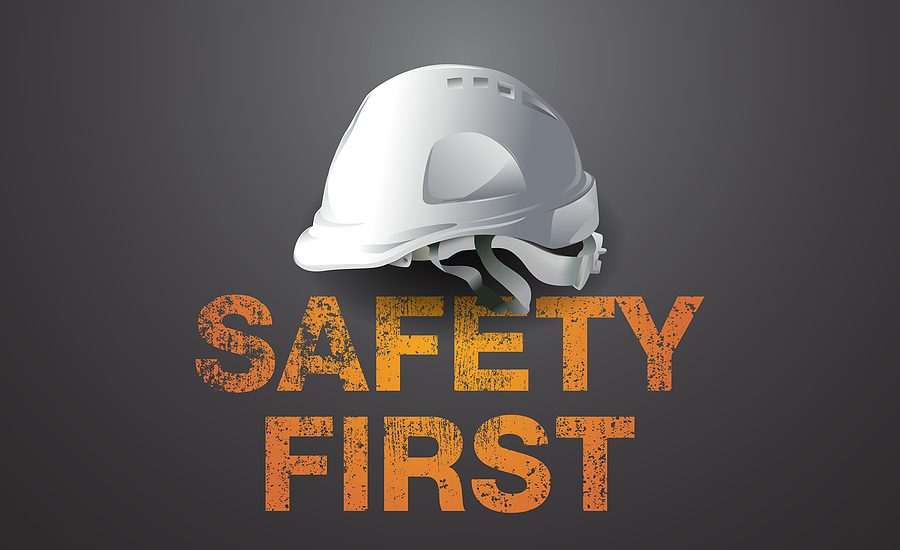- March 10, 2023
- Posted by: admin
- Category: Blog

Being a construction worker is one of the most dangerous positions in the world. Having a well-designed safety plan can help minimize the risk of injury. Early this year, we published 2 articles regarding safety and now wanted to expand a little more on this topic. Below are additional recommendations we like to share with you:
- Personal Protective Equipment (PPE): Simply put, you must wear it Construction sites require the use of personal protective equipment (PPE), such as gloves, masks, and glasses. It’s also important that your team members wear the appropriate clothing to protect their lower body. This can be done through the use of long pants and steel-toed boots. Having the proper equipment can help minimize the risk of injury on the job.
- Ensure That Work Areas Are Always As Clear As Possible.
You should ensure that your work areas are clear and clean. This can help prevent injuries such as falls and lacerations, which can happen when your team members leave their equipment lying around. It’s important to emphasize this while also getting your team to take extra safety measures. - Enforce & Monitor Crowd Control Within Work Areas
Large construction projects often have large groups of people working together. This can lead to issues with safety and management. Limiting the number of people working in a certain area is also a good idea. For instance, if a heavy piece of equipment is being used, you should inform everyone who is not directly involved in the project that they should leave the area until the task is complete. Construction tools and equipment are incredibly powerful and can be very dangerous to people, especially when they are focused on something else. This is why it’s important to keep spectators away from the worksite. - For Emergency & Communication Purposes Keep A Communication Device On Hand
You want to make sure that the injured worker is treated quickly, especially when there are large job sites. But, injuries may happen in isolated locations as well. One of the most important safety tips that you should implement is having your workers always carry a communication device, such as a cellphone or a radio. This will allow them to make a call or text if they get injured. - Build A Safety Culture Around Your Team
As a contractor, you have limited control over how you promote safety on your worksites. You can set clear expectations for your team and hold them accountable, but you can’t be everywhere at the same time. Getting the buy-in of your team members can help you implement effective safety practices and reduce the risk of injury on your worksite. One of the most effective ways to promote safety on your worksite is by getting your team leaders involved. They can help you identify potential issues and resolve them as they occur. If you haven’t already, it’s important that your team members are trained in construction site safety. This can help them understand the various risks associated with the work they do.
While these are not the “all” of recommendations regarding best safety practices one should implement in a job site, they are a good foundation to start on. If you are planning on having your job sites as safe as possible, then your team must be trained. This can be especially true for those working with special equipment, such as scaffolding. We have a vast network of resources and people we can recommend and help with you such matters. If you have any questions or comments, please share them with us.
We also can help you get your contractor’s license. As a contractor licensing company, we have helped thousands of contractors across the United States get their contractor license, and we want to help you too. First, you provide us with some basic information on your skills, background, testing, education, and other information. Then, we will fill out all the paperwork, let you know if you are missing anything, finish up the application, and submit it to the Board on your behalf to get you approved.
To get your contractor license, click our Florida contractor’s license page to learn more and get started with us or call 239-777-1028.
